These were my final days in Indonesia. The previous afternoon, I had arrived exhausted at a recommended hotel. The cheerfully plump hotelier woman simply said “We’re full. But follow me”. We wound our way through a village, past no less than a dozen waving children; stray dogs and chickens fleeing my careless feet. We passed the well, beside which they curiously located their rubbish tip. Cows stubbornly mooood out of my way. A coffee-dark man wearing only a sarong carved a boat with a small axe. I began to realise this short walk, a daunting hike in my physical state, was sapping my dwindling bargaining energy. I knew I’d have to accept whatever she showed me, and I was a little worried: I have pretty low standards, but I do have them.
We arrived at the block of rooms: spanking new. She showed me inside. “Look how nice it is: There’s a fan. New sheets. And even a sink.” She was right — a sink! — this place was deluxe. Worth at least $6/night.
Three days later I was bidding farewell to my village family: kids, boat-carvers, chickens, the whole lot. My hotelier woman even asked me to name her new accommodation. I can’t wait to return and stay at “Hotel Mike” (has a nice ring, doesn’t it?).
Why the heck am I starting with the end? Because sometimes this travel blog (artistically) spits in the face of chronology.
Journeys and destinations
In the rice fields of Flores, white flags hang on bamboo poles like a symbol of surrender. The left-brained among us might hazard a guess at the purpose of such flags. Perhaps as a practical demarkation of a field’s state of harvest?How foolishly pragmatic. “It’s a catholic thing”, my guide enlightened me. “After the first harvest, we sacrifice a chicken in a ritual ceremony, and bury it in each field.” Yes of course, I nodded. How very Catholic. Suddenly the idea of visiting the Vatican seems much more appealing.
“Wait a second, Mike,” one of you just thought. “Catholicism in Indonesia? I thought it was a Muslim country.” Yes, good question.
Indonesia is enormous. It’s the fourth most populous nation on this pale blue dot known as Earth — and the first in the Islamosphere (that’s a real word), with 205 million people praying in the general direction of Mecca, five times a day. It’s comprised of 18,000 islands flung like paint across a canvas wider than Canada. And since we’re all guilty of misjudging the size of a nation by looking at a map, I’ll add some perspective: After one month of slow boats and cramped buses, I’ve only seen 7 of the islands. At this rate I’d need eleven years just to visit the 900 permanently inhabited islands. If that was my goal — it’s not. My pitiful progression though Indonesia has already crossed cultures of Muslims, Hindus, Catholics, Animists, and everything in between. And there’s a lot of “in between”—like Catholic chicken sacrifices, or the matrilineal Ngada people of central Flores.
“Matrilineal?”, one of you just thought. Yes, that’s what I said. A rare culture where property, name and status pass through the female line. I have too often encountered the impacts of repressive male-dominance in developing countries: Adulterous husbands in Zambia bringing their wives AIDS; gambling alcoholics in Vietnam whose wives would benefit from becoming widows. Maybe these matrilineal cultures would be different? Or maybe they would just reveal the latent tyranny of women, like a society run by a team of stereotypically wicked aunts and evil step-mothers.
I already had lots of reasons to visit Flores, but visiting the Ngada provided another. But how to reach central Flores? A domestic flight would shave 5 days off the trip — but one cannot fully appreciate that which they don’t work for. Anticipation and effort are kindling for satisfaction and gratitude. Hence: the slow-boat. If you read the section “A Dark and Stormy Night” from Indonesia #1, your brain may have just audibly clicked.
We disembarked the four day boat trip, three islands east of Lombok, two of us seeking one cool hotel room. The choking tropical air of Flores was so heavy with humidity, it may have well been raining. And then it was. Our wobbly sea-legs splashed along the dirty streets of this dodgy port town. The people looked different: somewhat like the dark-skin, curly-haired Papuans, but more of a milk-chocolate variety, with wavy hair. But this town was bittersweet: At our first prospective hotel, a French guest told us, “It’s cheap and quiet: I recommend it. Oh yeah, but I got robbed while sleeping last night.” And later that night, a Welsh girl from our boat, after a late night at the bar, caught her taxi driver peeping through her hotel window.
But besides those trivialities was the humidity. It clung to me like a bad cologne. The town’s air was unimaginably still — my only respite was when seated directly in front of a fan, and frankly, remaining there wouldn’t make for a very interesting trip. After our casual morning jaunt to the nearby waterfall — in reality, a full day epic of scootering off-road and hiking in the rain — it was time to leave. To central Flores. To rice fields, matrilineal cultures, and volcanos. Onward, inland and upward.
The island has a single sealed road running its 350km length: the 700km long Trans Flores Highway. Read that again. No, I didn’t double count the lanes. It’s a steep, narrow, winding, “two lane”, nausea-inducer. And along this, the squiggliest of lines, we had our best adventures yet.
The squiggliest of lines
In our next town, 500m higher and 5˚C lower. we wandered the streets at dusk. With a grin, I called out to a local with flowing hair and a guitar on his back, “Hey bro, when’s the concert!?”. To my surprise, and delight, he said, “Outside your hotel, tonight.” In this town we enjoyed nightly ukelele-guitar jams with locals, surrounded by old men sipping arak, tapping their feet, occasionally singing along. On our final night we devoured local fresh fish, grilled on our own campfire, to celebrate the Frenchman’s birthday. The same Frenchman who’d given hotel advice, which we ignored, days earlier. We learned it wasn’t just his birthday, but a mere few days from finishing his 30’000km trip — France to West Timor — sans aircraft.The next town was a bizarre one. Two family factions owned the handful of restaurants and hotels, but they were clearly at war with each other. And sometimes, with themselves: One woman trash-talked her own son’s restaurant while she spruiked her own. Granted, the son’s ego was bigger than the local volcano. He pretentiously told one traveller, “A famous French chef came here and told me to start a restaurant in France. I told him no — I could never leave here.” and “This food: I don’t cook it. I compose it”.
Although I’d heard of the matrilineal Ngada, I hadn’t heard much. We arrived outside the first village, and before I’d met any of the people, witnessed the stunning symmetry and simplicity of the village architecture. I got goosebumps. See, most of the developed world live in concrete houses with corrugated-iron roofs, bonded with equal measures of mortar and hope. They’re thrown together almost as quickly as they fall apart. This place was the opposite. The stunning houses were all built to identical dimensions (lest the spirits be disturbed), each with three rooms (the first for welcoming guests, the second for living/sleeping, the third for cooking and communing with spirits), tall thatch roofs that lasted decades and supported the symbols of the village’s founding clans’. The bamboo awning of each house looked into the central courtyard of the village, which also happened to be the graveyard, the altar, and I’m sure on some occasions the soccer pitch. I never resolved if these cultures were indeed a panacea of balanced leadership, but the communities did exhibit a balance of workload among genders, and a healthy respect for women.
With all the diversity of Indonesia, there seems to be at least one universal: Avoid speaking in the negative. People don’t really say “No” much. This had gut-wrenching consequences for our group.
We were buying raw macadamias for sale in the village, and our guide casually mentioned to us that, “Locals eat these macadamias cooked with vegetables”. That’s nice, I thought, as we snacked on them raw. An hour later we were all in agony, and a few of us began to retch. “I told you”, our guide said, “the locals don’t eat those raw.” We advised him that was not quite what he had said, and he ought to be slightly more stern with his warnings in future. After that incident, and a sweaty hike between two other remote Ngada villages, during which the sky bucketed and our guide fashioned us some umbrellas from banana leaves, we needed a wash. Our guide showed us the confluence of two rivers: One cool, the other boiling. Volcanos here cause some pretty serious ‘hot springs’. We jumped in, and used our position between the two rivers as temperature control.
Our final night on Flores island, we toured the entire town on the backs of two locals’ motorbikes, whom we’d met just by asking them for directions. That night from the balcony of our terrible hotel, apparently the best one in town, we pondered the location of the airport for our morning flight. Our fellow guests told us it was “supposedly nearby”. Before their words could even sink in, a screeching jet engine pierced the air, and an airplane appeared to land on the street a few blocks away. I looked out to see the towering tail of a taxiing airplane, gliding along above the rooftops like a shark fin out of the sea. It’s not often you can commute to the airport by foot.
Waves goodbye
After two weeks together we had to part ways. Tiff, to hike high above sea-level. Me, to scuba dive below it, and surf upon it. I deemed our travel dynamic a success: We hadn’t killed each other. And moreover, we enriched each other’s experiences. She enjoyed having someone to call her husband, when it was convenient for her — whenever charming French men were around, we were suddenly divorced. And I enjoyed watching the innate politeness of Indonesians in her presence overwhelmed by curiosity. They’d greet me politely, then turn to her and exclaim “Japan!?”Tiff had even learned to roll her eyes before for my terrible jokes. We seemed to be on the same level. Then one day while we stood outside an occupied bathroom, busting, doing our respective pee dances, she said to me. “I’ll hold yours, if you hold mine.”
I stared, blinking at her.
“Backpack!” she added.
We weren’t always on the same level.
^v^v^v^v^v^v^v^v^v^v^v^v^v^v^v^v^v^v^v^v^v^v^v^v^v^v^v^v^v^v^v^v^v^v^v^v^v^
I‘ve been fortunate to travel to a few places in my life. Still, this was a trip of many firsts: we met a kid named Google. We got high-speed high-fives on our scooters from pedestrian kids. I went five days without any footwear. I played guitar with people younger than me, born before electricity. I cut open and removed a sea urchin spine from my yoga instructor’s foot (after she politely declined my offer to pee on it). The #1 surfer in Lombok passed me doing a handstand on his board. We played pétanque with French diving instructors. We ate pigeon, and inside we found an egg. It was Easter. I’m not making this up.We are grateful and fortunate to have connected with people from a range of cultures and languages; far more than we usually find possible in a non-English speaking country. Quite fittingly, Indonesia’s national motto is translated as ‘Unity in Diversity’ but literally means ‘Many, yet one’. I think it’s a valuable reminder for us all.
-Hotel Mike
p.s. I didn’t actually suggest the woman name her hotel after me.
p.p.s. I’ve now entered the 21st century and migrated this global adventure photog-blog into a proper mailing list. Please subscribe here. And as always, check out all the photos at my Flickr.

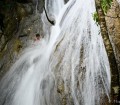


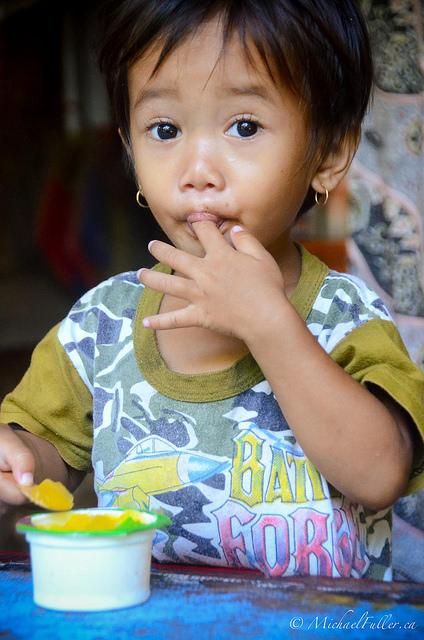

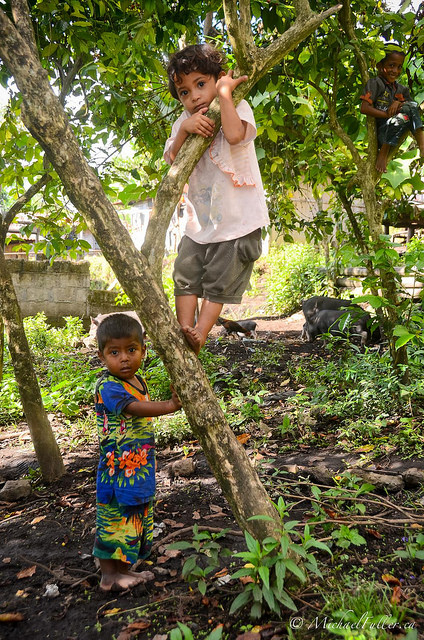
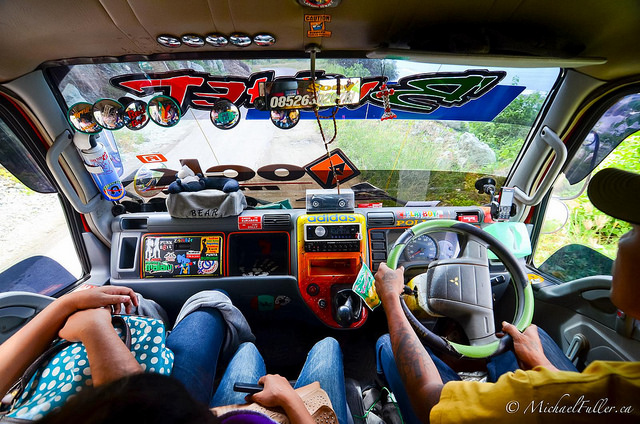
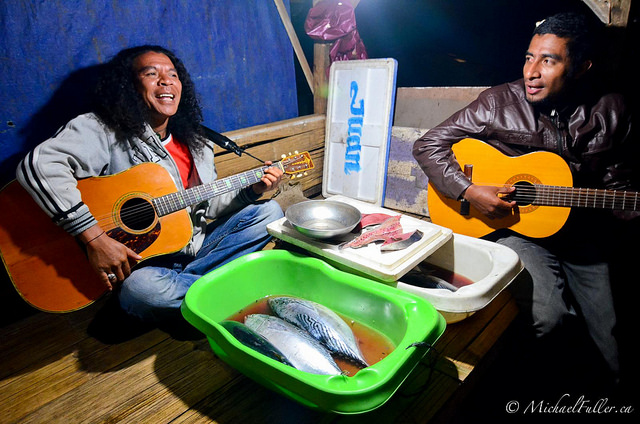
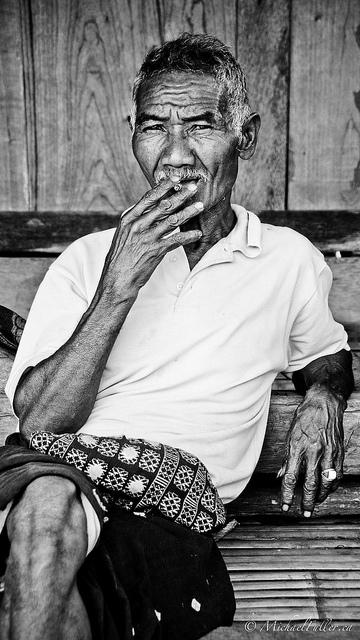
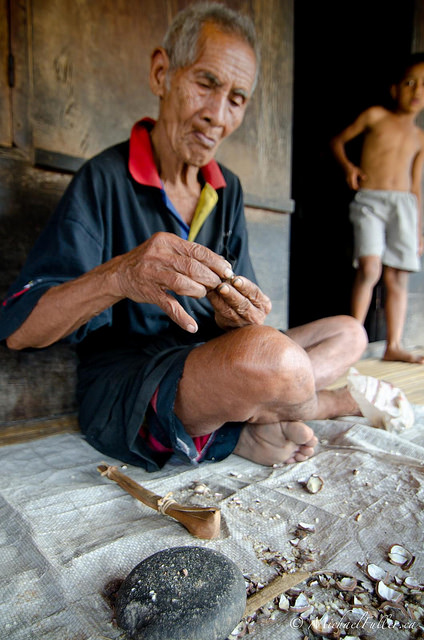
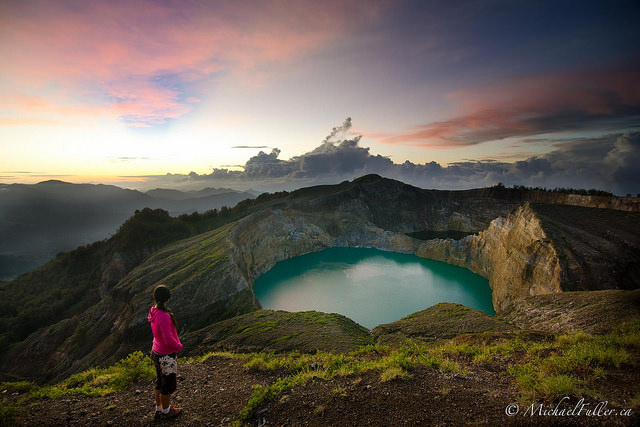
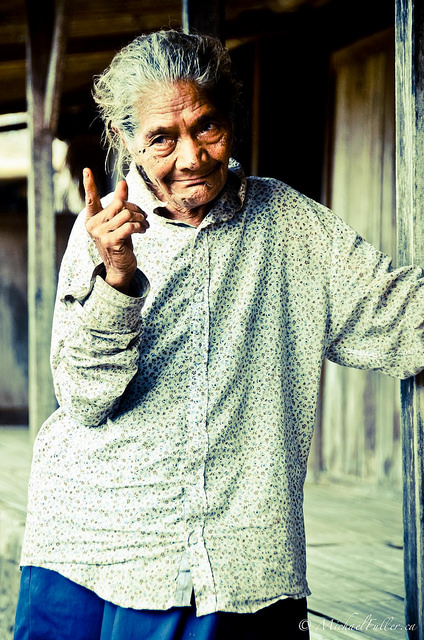
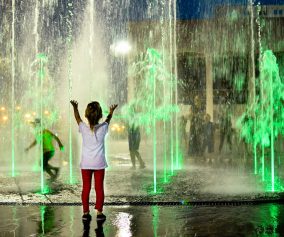
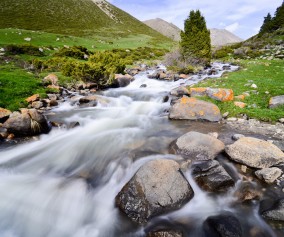
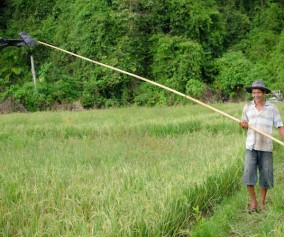
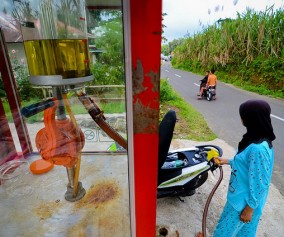



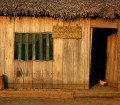
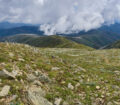




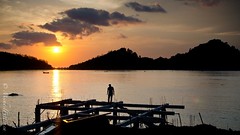






that boat I was on… one of them just sank. http://www.bbc.com/news/world-asia-28826352